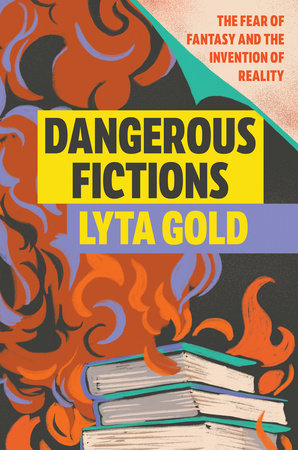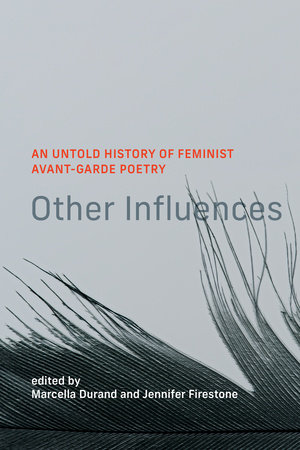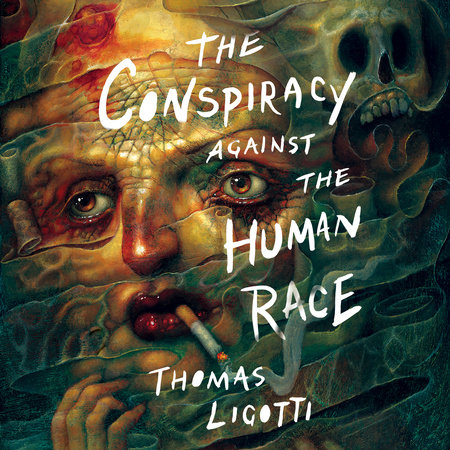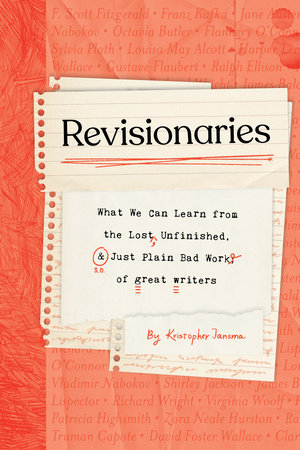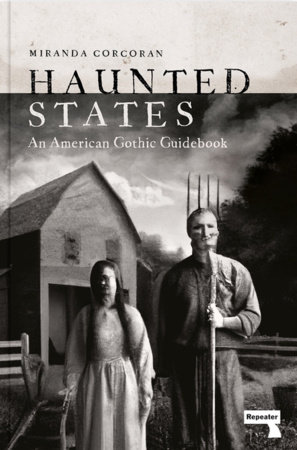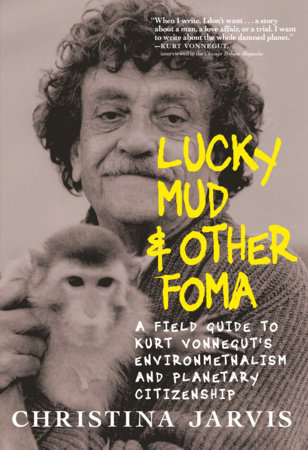Author Q&A
1. What inspired you to write this book?
I really owe this one to my daughter, now in sixth grade. In her early years of grammar school, she struggled with anxiety related to loss and neglect—issues common to children adopted from the foster care system, and, in many cases, from international adoption situations. At last, my husband and I were able to shift our work schedules around so that we could homeschool her. I decided to design a literature-based curriculum; we focused on one children’s novel a month, and studied history and social studies and art and music and cooking—and even math—related to that novel. We took related field trips, as well. When we read Katherine Applegate’s The One and Only Ivan together, for instance—a book about a gorilla in captivity—we traveled to the Santa Barbara Zoo to observe their gorillas, and studied both Dian Fossey’s work with gorillas and Jane Goodall’s work with chimpanzees.
My daughter and I found, in studying a literary novel each month over two years, that our compassion for marginalized people and animals increased. As exciting, my child—who had struggled with severe anxiety and depression—began to develop a great deal of empathy for herself. One of the pivotal books in terms of helping her to understand her emotions and her adoption story was Katherine Paterson’s The Great Gilly Hopkins. It’s the story of a tween girl relinquished by her birth mother and bounced around between foster homes her whole young life. She’s initially angry and hostile, but quickly, readers discover that she’s deeply sad and hurt. It’s a wonderful book to help kids get inside the minds and hearts of foster children—who are desperately in need of love and support and increased visibility in our society.
2. Why reading books to “ignite empathy and encourage self-acceptance”?
In the midst of homeschooling my daughter, I did some research for an essay I was writing and came across several studies showing a correlation between exposure to literary novels and increased empathy in readers. I ended up reading several studies—cited in Better with Books—in which researchers found that reading even an excerpt of a novel or memoir about a marginalized character helped us, almost immediately, to feel more compassion for that character. One that sticks out is a study conducted in 2013 at Washington and Lee University in which adults read an excerpt of a novel about a Muslim Pakistani American woman who’s attacked by racist teens post 9/11. Researchers found that after study participants read the excerpt, they showed reduced prejudice and increased empathy for Muslim women.
3. You write about how diverse contemporary novels helped your daughter to process the trauma and loss of adoption. How have other kids and caregivers used literature as a form of bibliotherapy?
There are some wonderful stories in Better with Books about parents who have used books and book clubs as a way to talk with their tweens and teens about difficult subject matter. My longtime friend Merie, a poet and professor, has a summer book club with her husband, teen daughter, and mother; last year, they read Angie Thomas’s The Hate U Give and talked about the racism so prevalent in our country for centuries and how best—as a white family—to be an ally.
My colleague Cindy ran a mother/daughter book club with her girls and their friends and mothers for years. She tells a particularly compelling story of how the girls, just before high school, read and discussed Laurie Halse Anderson’s novel Speak, about a protagonist who is raped. They discussed ways in which they could protect themselves in social situations such as parties, and how to support one another as young women.
There are also some amazing court-sponsored literacy programs in which a judge teams up with a college professor and assigns a particular novel to incarcerated young and older adults—I’m thinking of the international organization Changing Lives through Literature, and others—that help readers to make sense of their own story, past choices, and future actions and attitudes.
4. How might librarians and teachers use the titles you highlight in Better with Books?
I feel bad for my daughter’s teacher; I’m always dropping novels on her desk now and saying, “This would fit it beautifully with your curriculum right now.” I mean, as a teacher myself, I know better. But it’s my hope that teachers will look through the book lists and find the perfect book for students to read and discuss together, whether that’s a novel about immigration issues or learning challenges or parental opioid addiction. And I’m excited that they’ll be able to match a particular book to a particular kid, based on the two-sentence descriptions of each title. For instance, if you’re working with a child who’s bicultural, you might want to offer Paula J. Freedman’s excellent My Basmati Bat Mitzvah. And if you’ve got a kid really struggling with anxiety and depression, Carrie Mac’s young adult novel 10 Things I Can See from Here is a great choice.
Children’s and teen librarians, of course, are more on the ball regarding new titles than I’ll ever be, so I’m hoping my book will function as a resource they can hand parents and caregivers and tweens and teens who are looking for a particular novel or memoir on a particular topic, as a supplement to their own suggestions. In addition, so many libraries host tween and teen book clubs, and Better with Books is packed with thought-provoking titles ideal for these age groups.
5. How did you choose the more than 500 titles in Better with Books?
I wanted to highlight middle grade and young adult novels (and a handful of memoirs) published in the last decade, since Nancy Pearl’s Book Crush had already done such a wonderful job of featuring books published earlier than 2009. I took some titles from the novels my daughter and I read when she homeschooled. I put out calls on social media for favorites from friends, teachers, and librarians. I pestered my own public librarians constantly. And I searched the wonderful websites offered by the organization We Need Diverse Books—blogs like The Brown Bookshelf and Disability in KidLit, as well as reviews published by School Library Journal which has terrific book blogs.
6. Why “diverse books” in the title? There’s been so much focus lately on diversity in children’s and young adult literature. Why is this so important?
For decades, so many middle grade and young adult novels have been written by white able-bodied cisgender straight authors about white protagonists. This in no way reflects the real world, the world in which our kids are growing up. As I note in Better with Books—and this is nothing new; so many professionals and educators have said it—children need to see themselves in books. They need to see themselves on book jackets—as brown or black children, as children in wheelchairs or with a cane or bald from alopecia . . . you get the idea. And they need to see their stories in the pages of novels and memoir, to understand that their story—as represented by a similar protagonist—is valid and valued.
In an article I wrote for The Writer magazine about the nonprofit We Need Diverse Books, I note that half of kids in the US under age five are nonwhite, but only ten percent of books for them in the last two decades featured multicultural characters. While this statistic addresses very young readers, a similar imbalance exists in middle grade and YA literature. Authors and educators and others talk about the problem of “white as the default” in novels—this is the tendency of readers, often from a very young age, to picture the protagonist, whether or not there’s an image on the book jacket, as white. That’s just not serving any of us well. We all need diverse books to learn about as many types of people and cultures and communities as possible in order to counteract the increasing hatred and vitriol that blight our country.
7. You wrote your middle grade novel Avenging the Owl with diversity issues in mind, and one of the main characters is a teen with Down syndrome, a boy obsessed with Northwest insects and plants. With an increased focus on #ownvoices—that is, “no voices about us without us,” what qualified you to write a character with Down syndrome?
I felt qualified to write a major character who has Down syndrome because my little brother is a person with this developmental disability. I grew up with him; we continue to be close, and I see him regularly. I felt that I could represent him respectfully and with insight into particular speech patterns and physical characteristics. Like my younger brother, the character defies stereotypes—he has a wealth of knowledge regarding insects and plants, and he displays complex emotions, particularly around his father who is so obviously resentful of the fact that his son has a disability.
The librarian who recommended my novel for Oregon Battle of the Books did so because of my character with Down syndrome; if you look, there are only three or four novels with characters who have this particular disability. But more and more, we’re seeing these kids and adults represented in mainstream media—there have been two models in New York Fashion Week with Down syndrome, and the 2018 Gerber baby is a child with Down syndrome. I’m grateful that I could increase visibility just a bit more through Avenging the Owl.
8. What most surprised you in the process of compiling the 500-plus titles for Better with Books?
What surprised me the most is the diversity I discovered, not just in terms of authors, but relating to protagonists and subject matter. If you’re looking for a novel about gay Mexican American teens in Texas, the author Benjamin Alire Sáenz has you covered. If you’re looking for a biracial foster child adopted and then thrown back into the system again when her adoptive parents die in a car accident, try Holly Goldberg Sloan’s Counting by 7s. There are superb novels about nonverbal kids and blind kids and Jewish and Muslim and Hindu kids, and those grappling with anorexia, bulimia, obesity—I probably should have included 700 titles instead of 500.
The wonderful thing is that, more and more, I’m seeing diverse novels in publishers’ catalogs—small and midsize presses, always, but the larger publishers are also putting out books that reflect a variety of tween and teen reader experiences and voices. It’s a thrilling time to be a reader of any age!



